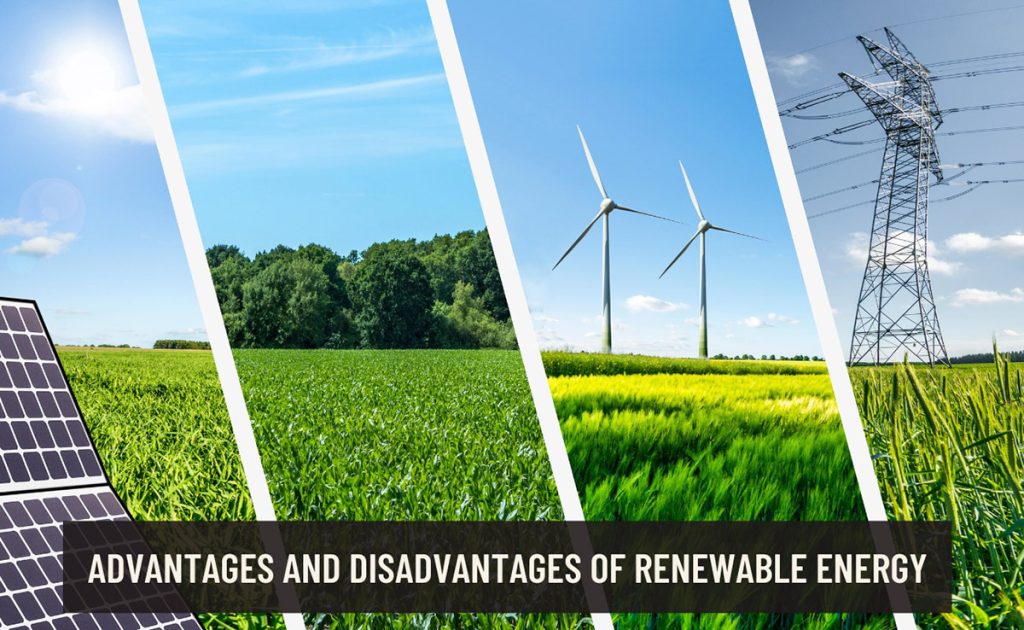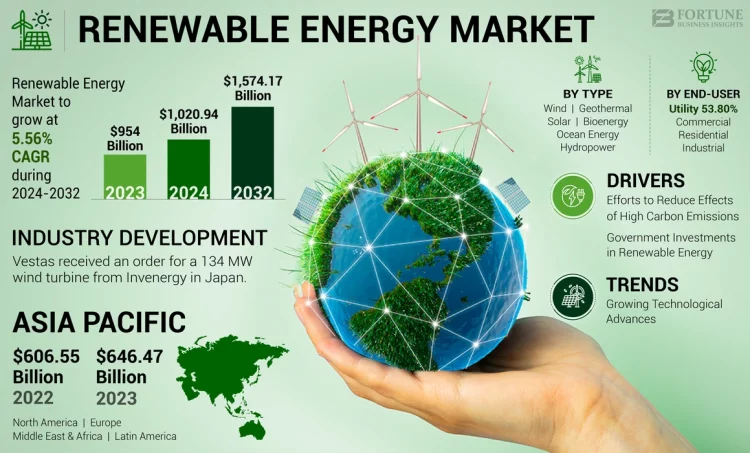Introduction: From Waste to Energy
The quest for sustainable energy has brought bioenergy — the production of energy from organic materials — into the spotlight. Unlike fossil fuels, bioenergy utilizes renewable biological sources such as crop residues, forestry waste, algae, and even municipal organic waste. When managed sustainably, bioenergy not only generates electricity, heat, and fuels but also reduces environmental pollution and contributes to the circular economy, a model that emphasizes resource efficiency, recycling, and waste minimization.
This article explores bioenergy’s technologies, applications, environmental and economic impacts, integration into circular systems, challenges, and prospects for a sustainable energy future.
1. Understanding Bioenergy
Bioenergy refers to energy derived from biomass, organic materials that can be converted into usable forms.
1.1 Types of Biomass
- Agricultural residues: Crop stalks, husks, and shells
- Forestry residues: Wood chips, sawdust, bark
- Municipal organic waste: Food scraps, yard waste
- Industrial by-products: Pulp, paper waste, animal manure
- Algae and energy crops: Fast-growing plants cultivated for energy production
1.2 Conversion Methods
Bioenergy can be generated via three primary approaches:
- Thermochemical Conversion: Heat-driven processes
- Combustion: Direct burning for heat and electricity
- Gasification: Converts biomass into syngas for electricity or fuels
- Pyrolysis: Produces bio-oil and biochar for energy and soil enhancement
- Biochemical Conversion: Biological processes
- Anaerobic Digestion: Produces biogas (methane and CO₂) from organic waste
- Fermentation: Converts sugars to ethanol and other biofuels
- Chemical Conversion: Chemical reactions
- Transesterification: Produces biodiesel from vegetable oils and animal fats
2. Bioenergy in the Circular Economy
Bioenergy exemplifies circular economy principles by turning waste into value.
2.1 Waste Reduction
Organic waste that would otherwise decompose and release methane or occupy landfills is converted into energy, reducing greenhouse gas emissions and environmental contamination.
2.2 Nutrient Recycling
Byproducts such as biochar or digestate enrich soil, improve fertility, and reduce the need for synthetic fertilizers.
2.3 Integrated Systems
- Agro-bioenergy systems: Crop residues generate power while maintaining soil health
- Urban bioenergy: Food and yard waste produce biogas for district heating and electricity
- Industrial symbiosis: Residual biomass from one industry feeds energy systems in another, optimizing resource use
3. Applications of Bioenergy
Bioenergy’s versatility spans multiple sectors.
3.1 Electricity Generation
- Biomass power plants convert organic matter into electricity
- Co-firing biomass with coal reduces emissions in existing thermal plants
3.2 Heat Production
- Direct combustion or biogas systems provide residential, commercial, and industrial heat
3.3 Biofuels
- Ethanol and biodiesel: Reduce dependency on petroleum in transport
- Renewable natural gas (RNG): Upgraded biogas for vehicle fuel or grid injection
3.4 Combined Heat and Power (CHP)
- Systems simultaneously generate electricity and usable heat, maximizing energy efficiency
3.5 Rural Electrification
- Small-scale digesters and biomass plants provide off-grid communities with clean, reliable energy
4. Environmental Benefits
Bioenergy offers multiple ecological advantages when managed sustainably.
4.1 Greenhouse Gas Reduction
Replacing fossil fuels with biomass reduces CO₂ emissions, especially when considering lifecycle analyses that include carbon uptake during plant growth.
4.2 Waste Management
Converting organic waste into energy mitigates landfill emissions and water pollution.
4.3 Soil and Ecosystem Health
Biochar and digestate enhance soil fertility, water retention, and carbon sequestration.
4.4 Renewable and Sustainable
Unlike finite fossil fuels, bioenergy sources regenerate naturally, aligning with renewable energy principles.
5. Economic and Social Impact
5.1 Job Creation
Biomass cultivation, processing, and energy production create employment opportunities, particularly in rural areas.
5.2 Local Energy Security
Communities using local biomass reduce dependence on imported fuels.
5.3 Industrial Opportunities
Bioenergy drives innovation in agriculture, waste management, and chemical industries.
5.4 Circular Economy Incentives
Businesses adopting bioenergy benefit from cost savings, waste reduction, and sustainable branding.

6. Case Studies
6.1 Sweden: National Bioenergy Integration
- Sweden uses biomass extensively for district heating and electricity
- Integrated waste-to-energy systems reduce landfill reliance and emissions
6.2 Brazil: Sugarcane Ethanol
- Sugarcane residues (bagasse) generate electricity and bioethanol
- Supports transportation fuel and industrial energy needs while enhancing rural economies
6.3 India: Biogas for Rural Communities
- Household digesters convert cow dung and organic waste into methane
- Provides cooking fuel, reduces indoor air pollution, and produces nutrient-rich fertilizer
6.4 Africa: Municipal Waste-to-Energy Projects
- Urban organic waste is processed into biogas and electricity
- Enhances sanitation, energy access, and employment
7. Challenges and Limitations
7.1 Feedstock Supply and Competition
- Food vs. fuel debates arise when energy crops compete with food production
- Seasonal variability affects availability of residues and organic waste
7.2 Technology and Efficiency
- Small-scale systems may have low efficiency
- High upfront costs for large plants can hinder adoption in developing regions
7.3 Environmental Risks
- Unsustainable harvesting can lead to deforestation, biodiversity loss, and soil degradation
- Emissions from poorly managed combustion processes must be controlled
7.4 Policy and Financing
- Lack of supportive regulations or incentives slows bioenergy deployment
- Investment in technology, infrastructure, and training is essential
8. Innovations Driving the Future
8.1 Algae-Based Biofuels
- Algae grow rapidly and produce high lipid content
- Potential for carbon capture and high-yield biofuel production without competing for arable land
8.2 Integrated Biorefineries
- Process multiple types of biomass for electricity, heat, fuels, and biochemicals
- Enhances efficiency and profitability
8.3 Advanced Anaerobic Digesters
- Optimize methane production from diverse organic waste
- Reduce odor and pathogens while generating renewable energy
8.4 Hybrid Systems
- Combining solar, wind, and biomass ensures stable, continuous energy supply
9. Policy and Global Initiatives
- Incentives for renewable fuels, subsidies for biogas plants, and carbon credits accelerate bioenergy adoption
- International collaborations (UN, IRENA) support technology transfer and sustainable practices
- Lifecycle assessments and certification programs ensure environmental integrity
10. Societal and Cultural Impacts
Bioenergy influences communities and lifestyles:
- Rural development: Job creation and energy access enhance livelihoods
- Health: Reduces indoor pollution from traditional biomass burning
- Education and Awareness: Promotes understanding of renewable energy and resource efficiency
- Sustainability Culture: Encourages waste reduction, recycling, and responsible consumption
Conclusion: Turning Waste into Power
Bioenergy represents a unique nexus of sustainability, technology, and economic development. By transforming waste into electricity, heat, and fuels, bioenergy contributes to climate change mitigation, circular economy practices, and rural development.
Challenges exist — feedstock availability, efficiency, environmental risks — but technological innovation, policy support, and community engagement offer solutions. When integrated with solar, wind, and smart energy systems, bioenergy strengthens the resilience and sustainability of global energy infrastructure.
In the era of climate urgency, bioenergy exemplifies how humans can reimagine waste as a valuable resource, powering communities while protecting the environment and fostering economic growth.











































